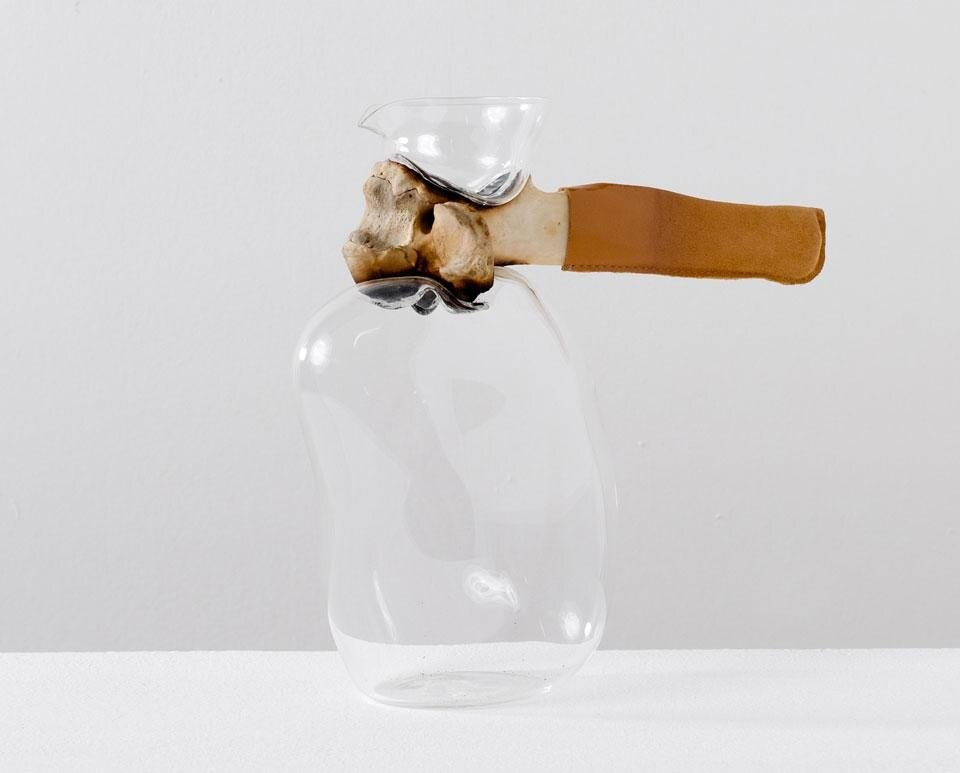Craftica is the most recent chapter in Fendi's annual Design Performances programme, in which the luxury fashion house invites emerging practitioners to create work using offcuts from its production process. First presented at Design Miami/Basel in June 2012, this installation is the project's London debut. It is not a complete representation of the original show — several pieces are absent as they have already entered Fendi's archive. To make up for this absence Sellers has completed the display of Craftica objects with a selection of the studio's previous collections. While these are useful for contextualising the designers' work, it could have also been interesting to fill this gap with insights into the research process involved in Craftica, an aspect clearly vital to both the designers' approach and to our appreciation of this.
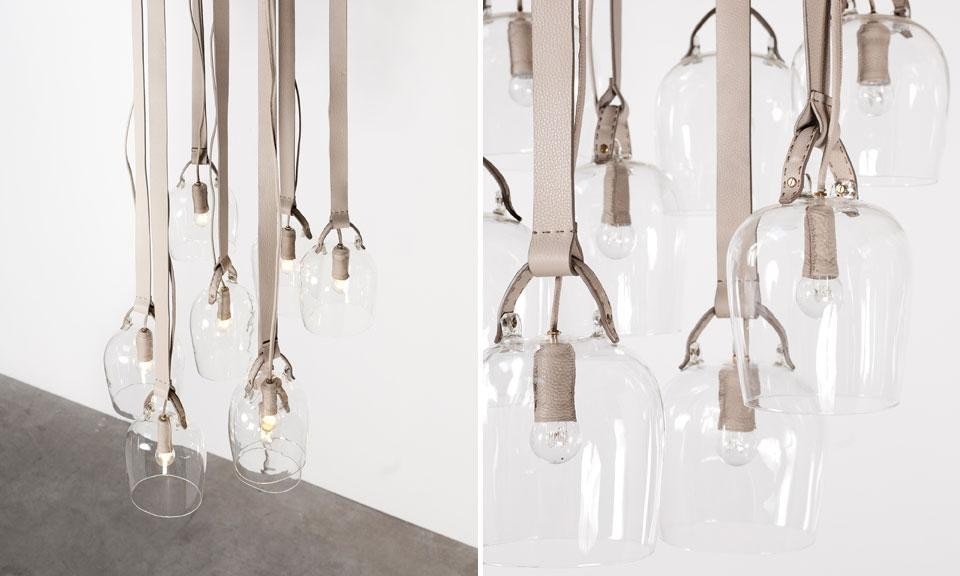
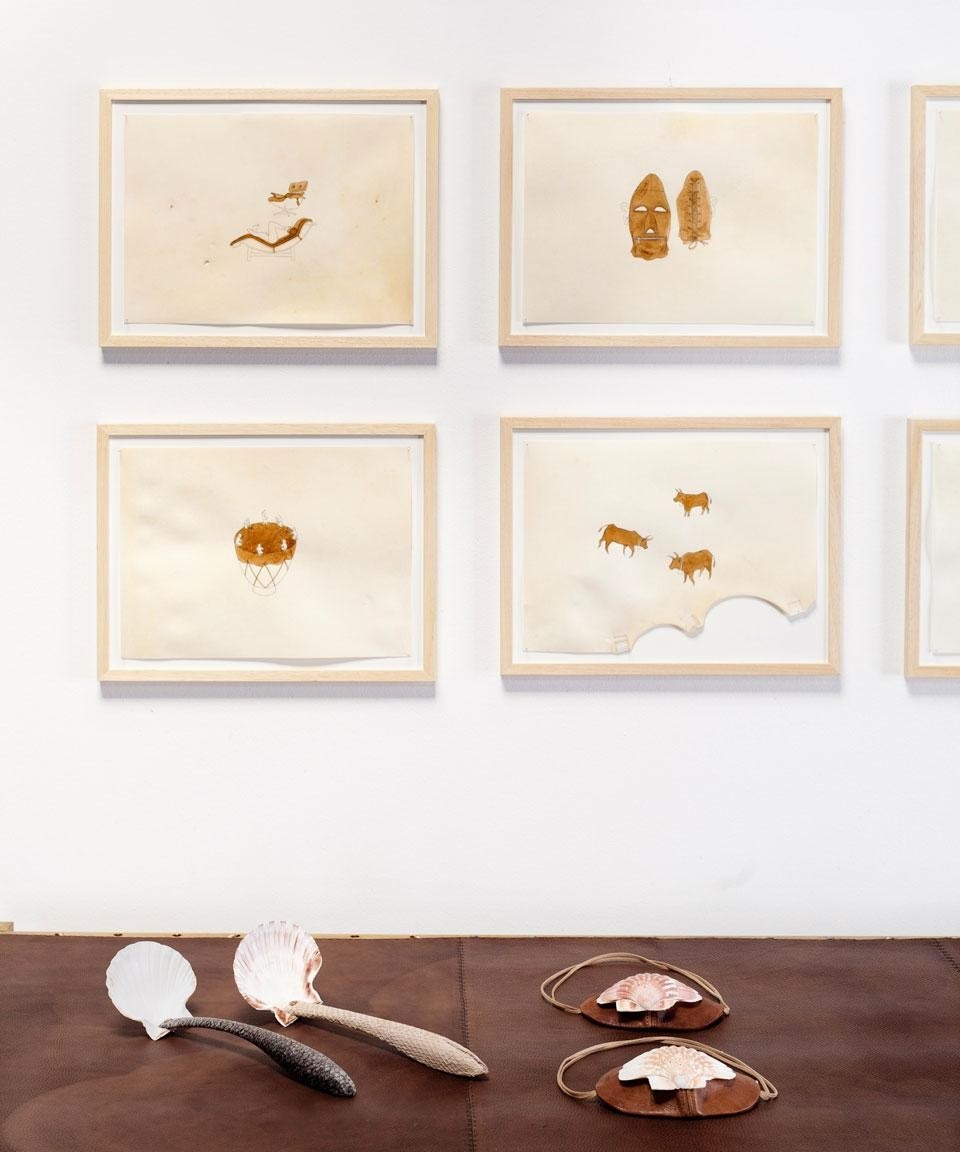
Against one wall is a table displaying smaller objects, including the scallop shells spoons, some cow bladder water vessels, and a knife made of cow bone, leather and metal. As with the Craftica series as a whole, there is a Robinson Crusoe quality to these primitivist assemblages — alongside echoes of the German designer Julia Lohmann's work. This is most notable in the vessels displayed at the front of the gallery. They have been made of glass blown through the empty middles of assorted marrowbones, whose individual shapes have informed the vessels' formal variations. Like every object displayed, all are for sale, available in a limited edition through the gallery.
As with their earlier projects, for Craftica the designers conducted research into the cultural history of their chosen material; leather
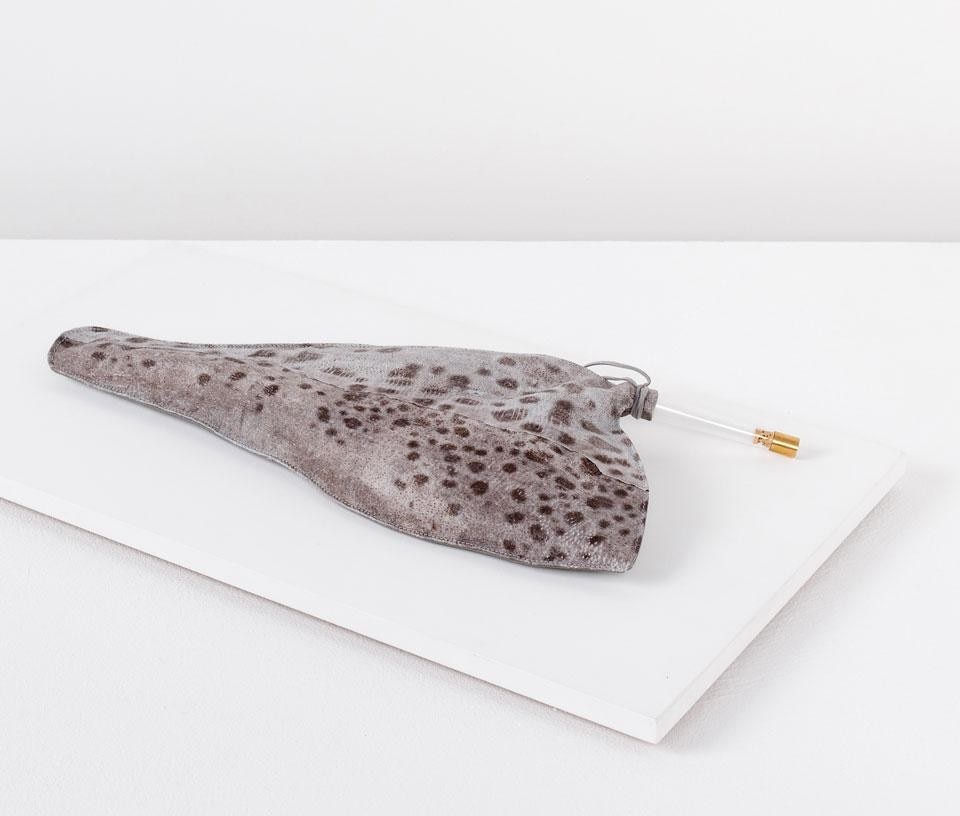
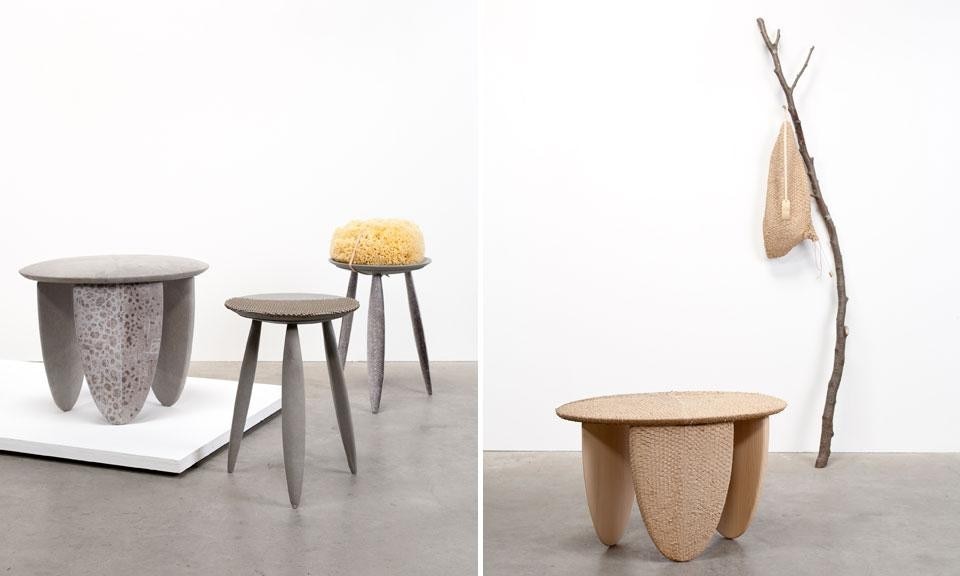
Through 28 February
Craftica by Formafantasma
Gallery Libby Sellers
41-42 Berners Street, London


